During the Spanish-American War, Naval Constructor Richard Pearson Hobson U.S.N. devised a plan to scuttle a ship in the channel leading to Santiago harbor in Cuba and thus bottle up the Spanish fleet at anchor in the bay. The following excerpt is a personal interview with Richard Pearson Hobson in 1908.
An interview in 1908 with Richard Pearson Hobson1
(Published 1908)
The subject of this sketch was born in Greensboro, Ala., Aug. 17th, 1870. (at Magnolia Grove). He attended school at the Southern University, and so brilliant was he that at the age of fourteen years he was able to pass successfully the competitive examination for entrance to the Naval Academy at Annapolis, from which institution he graduated at the head of his class in 1889. This latter distinction entitled him to go to Paris, France, for a course in naval construction, of which opportunity he eagerly took advantage.
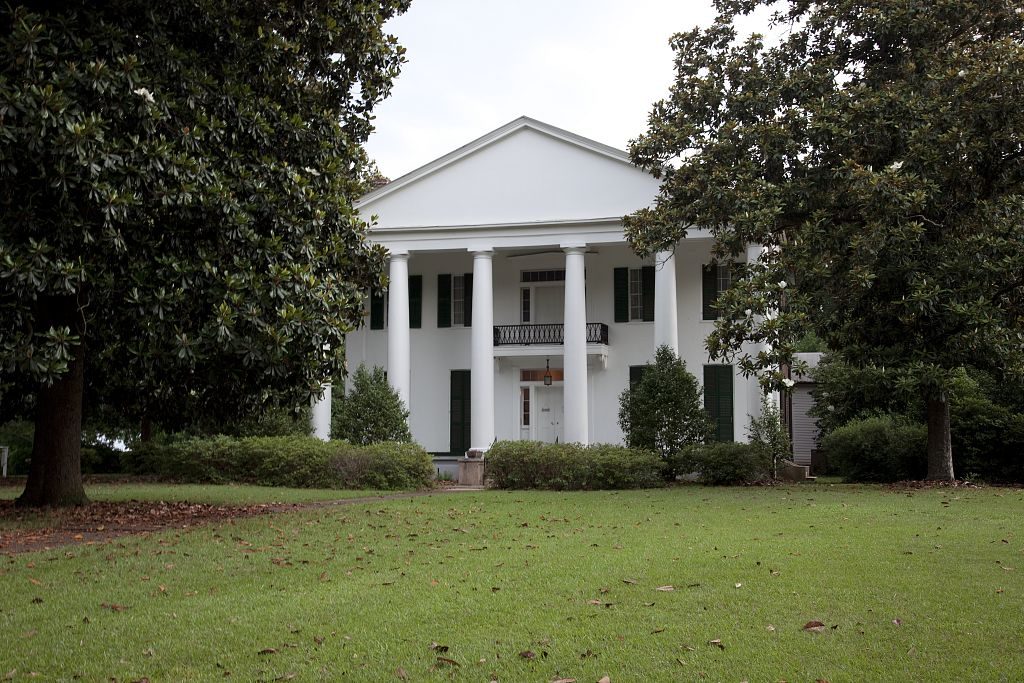 Magnolia Grove 2010 by photographer Carol Highsmith (Library of Congress)
Magnolia Grove 2010 by photographer Carol Highsmith (Library of Congress)
Returned to the United States
At the expiration of two years, he returned to the United States and was engaged in the Naval Construction Department, and also at Annapolis as a professor, which position he was filling at the time of the breaking out of the war between this country and Spain in May, 1898.
Lieutenant Hobson asked, and was granted the privilege of joining his pupils to the American squadron, and he and his class were detailed to the New York, Admiral Sampson’s flagship. When the Admiral decided to block the harbor of Santiago, Cuba, he asked for plans from the various officers. Hobson’s was adopted, and after selecting six non-commissioned officers, viz: George Charette, J. E. Murphy, Oscar Deigan, John Phillips, John Kelley and Daniel Montague, early in the morning of June 3rd the men went aboard the collier Merrimac, and made straight for the entrance to the harbor. The thrilling story of the sinking of the Merrimac is best told in Hobson’s own words as related to a correspondent of the New York Herald the day he and his men were released from the Spanish prison, July 6, 1898. “We have been thirty-three days in a Spanish prison,” said Lieutenant Hobson, “and the more I think about it, the more marvelous it seems that we are alive.
The Sinking of the Merrimac (Classics of Naval Literature)
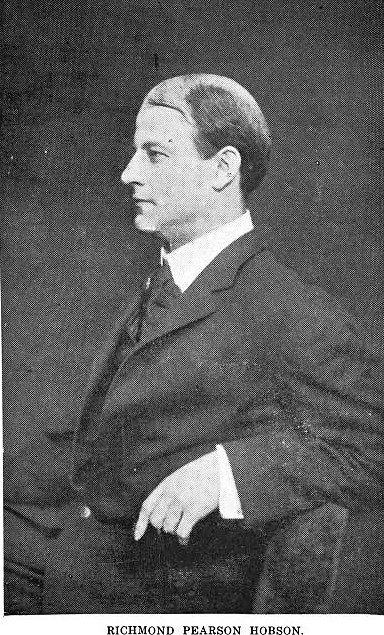
The Merrimac event
“It was about 3 o’clock on the morning of June 3rd when the Merrimac entered the narrow channel and steamed in under the guns of Morro Castle. The stillness of death prevailed. It was so dark that we could scarcely see the land. We had planned to drop our starboard anchor at a certain point to the right of the channel, reverse our engines and then swing the Merrimac around, sinking her directly across the channel.
“This plan was adhered to, but circumstances rendered its execution impossible. When the Merrimac poked her nose into the channel our trouble commenced. The deadly silence was broken by the wash of a small boat approaching from the shore. I made her out to be a picket boat.
“She ran close under the stern of the Merrimac and fired several shots, from which it seemed to be three-pounder guns. The Merrimac’s rudder was carried away by the fire. That is why the collier was not sunk across the channel.
“We did not discover the loss of the rudder until Murphy cast anchor. We found that the Merrimac would not answer to her helm, and were compelled to make the best of the situation.
“The run up the channel was very exciting. The picket boat had given the alarm, and in a moment the guns of the Vizcaya, the Oquendo and the shore batteries were turned upon us. Submarine mines and torpedoes were exploded all about us, adding to the excitement. The mines did no damage, although we could hear rumbling and could feel the ship tremble.
“We were running without lights and only the darkness saved us from utter destruction. When the ship was at the desired position and we found that the rudder was gone, I called the men on deck. While they were launching the catamaran, I touched off the explosives.
“At the same moment, two torpedoes, fired from the Reina Mercedes, struck the Merrimac amidship. I cannot say whether our own explosives or the Spanish torpedoes did the work, but the Merrimac was lifted out of the water and almost rent asunder.
“As she settled down we scrambled overboard and cut away the catamaran. A great cheer went up from the forts and the warships as the hull of the collier foundered, the Spaniards thinking the Merrimac was an American warship.
“We attempted to get out of the harbor on the catamaran, but as the tide was running, daylight found us still struggling in the water. Then for the first time the Spaniards saw us and a boat from the Mercedes picked us up. It was then shortly after five o’clock and we had been in the water for more than an hour.
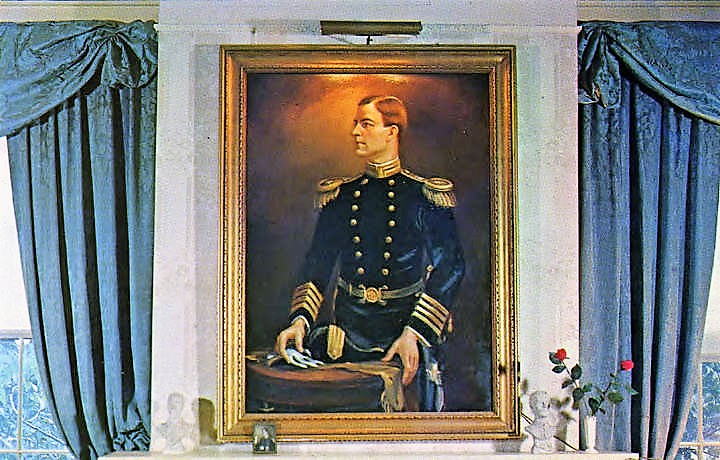 Photograph of Richard Pearson Hobson in Magnolia Grove
Photograph of Richard Pearson Hobson in Magnolia Grove
Taken on board the Reina Mercedes
“We were taken on board the Reina Mercedes and later we were sent to Moro Castle. In Moro we were confined in cells in the inner side of the fortress and were there the first day the fleet bombarded Moro. I could only hear the whistling of the shells and the noise they made when they struck, but I judged from the conversation of the guards that the shells did considerable damage.
“After the bombardment, Mr. Ramsden, the British Consul protested, and we were removed to the hospital. There I was separated from the other men of our crew and could see them only by special permission. Montague and Kelley fell ill two weeks ago, suffering from malaria, and I was permitted to visit them twice.
“Mr. Ramsden was very kind to us and demanded that Montague and Kelley be removed to better quarters in the hospital. This was done. “As for myself, there is little to say. The Spaniards were not disposed to do much for the comfort of any prisoners like us, but after our army had taken some of their men as prisoners, their treatment was better.
Advanced to the position of Captain in the navy
“In 1900, Lieutenant Hobson was advanced to the position of Captain in the navy. His eyesight was injured in service rendered in raising the sunken Spanish vessels in Cuban waters, and also those in the harbor at Manila, and he asked to be placed on the retired list of the navy by Congress, which request was refused, and Captain Hobson tendered his resignation, with the parting message to the Navy Department that whenever his country needed him he was ready to respond.
In 1904, Captain Hobson made the race for Congress against John H. Bankhead in the Sixth Alabama Congressional District, but was unsuccessful. He again contested for the place in 1906, and was nominated and elected, and is at this writing filling the position. Captain Hobson was married in New York on May 25th, 1905, to Miss Griselda Houston Hull.
The Captain’s native town of Greensboro has watched, and will continue to watch, with pleasure his brilliant Career.
1Excerpt from HISTORY OF GREENSBORO, ALABAMA From Its Earliest Settlement by William Edward Wadsworth Yerby, Montgomery, Alabama
VINEGAR OF THE FOUR THIEVES: Recipes & curious tips from the past – great gift!
– great gift!
- Have you heard excessive brain labor causes baldness or the cure for wrinkles is a tepid bath in bran?
- Do you want to know Thomas Jefferson’s recipe for Vinegar of the Four Thieves or how to make Ox Tail Soup?
- Have you ever had ‘blueberry pickles’, ‘batallia pie’ or ‘snow birds’? You will learn all this and more in “Vinegar of the Four Thieves.”
Our ancestors had to be resilient when they faced obstacles in daily life, from dealing with pests, medical emergencies, caring for clothing and cleaning shortcuts. Almost everything they used in daily life was homemade. Some ideas were great but some were very strange.
This book is a collection of household tips, medical cures, clothing care and old recipes from the 1800’s and 1900’s. Many of the tips, such as the household cleaners, cooking tips and ways to control pests, still work and are helpful in today’s ‘green’ environment while others such as ‘how to cure a dog of eating eggs’ will make you laugh. Either way, this book will help you appreciate the difficult life your grandparents endured. With Bonus: First two chapters of novel Ribbon of Love


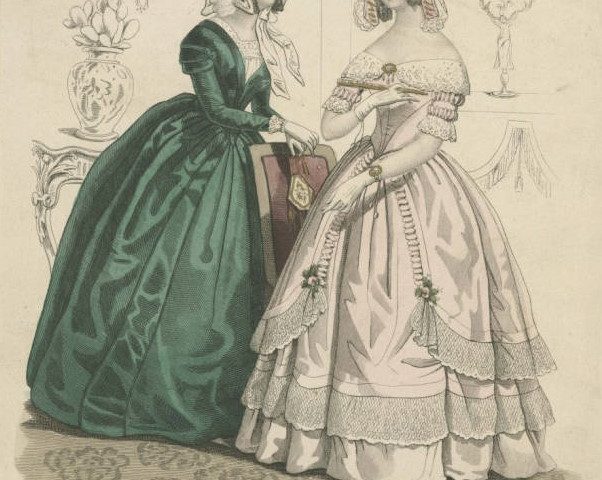
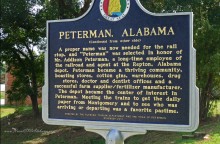
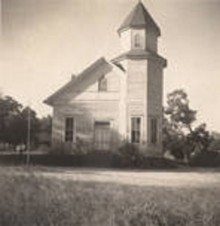
His name is RichMOND Pearson Hobson, not Richard. Even your picture shows the correct name.